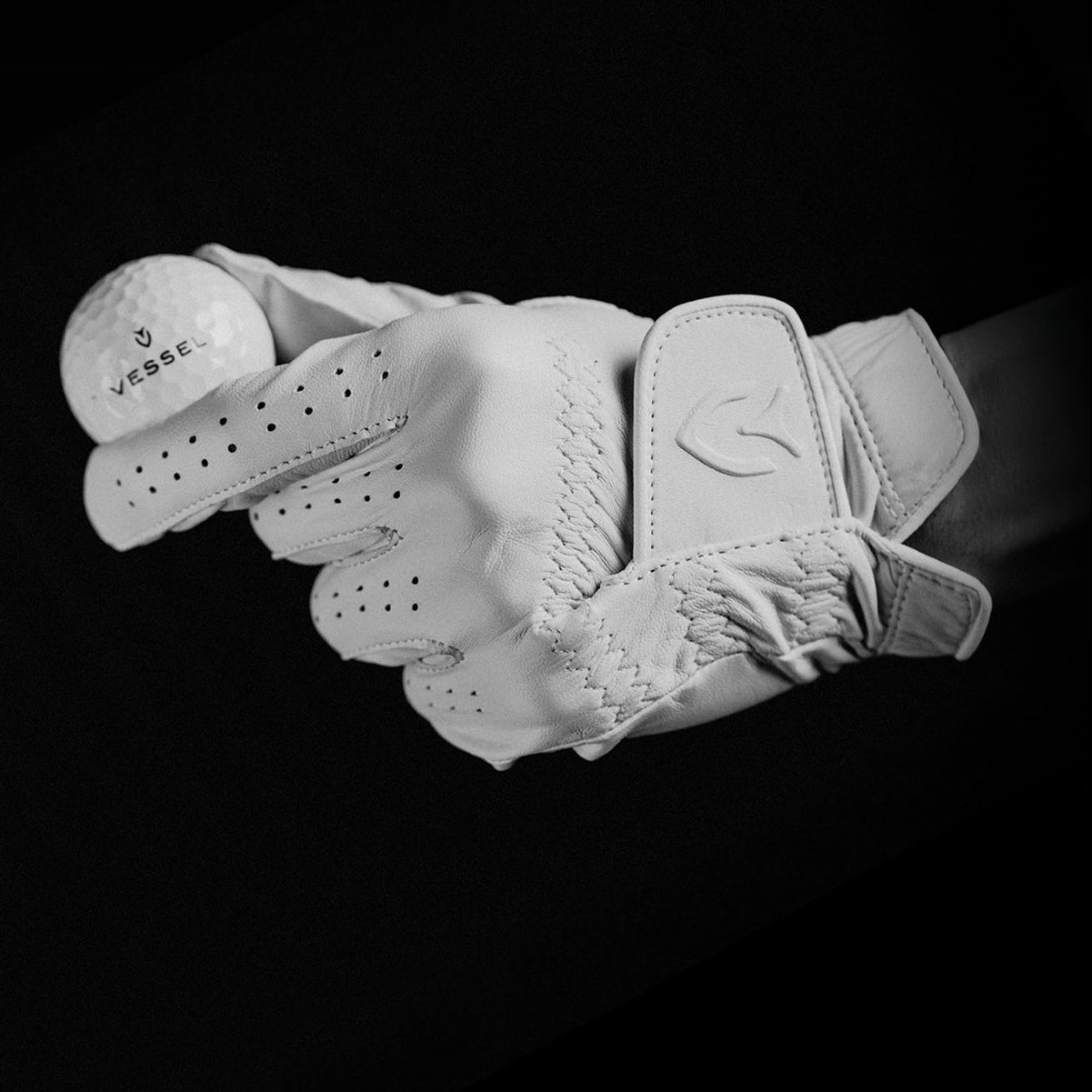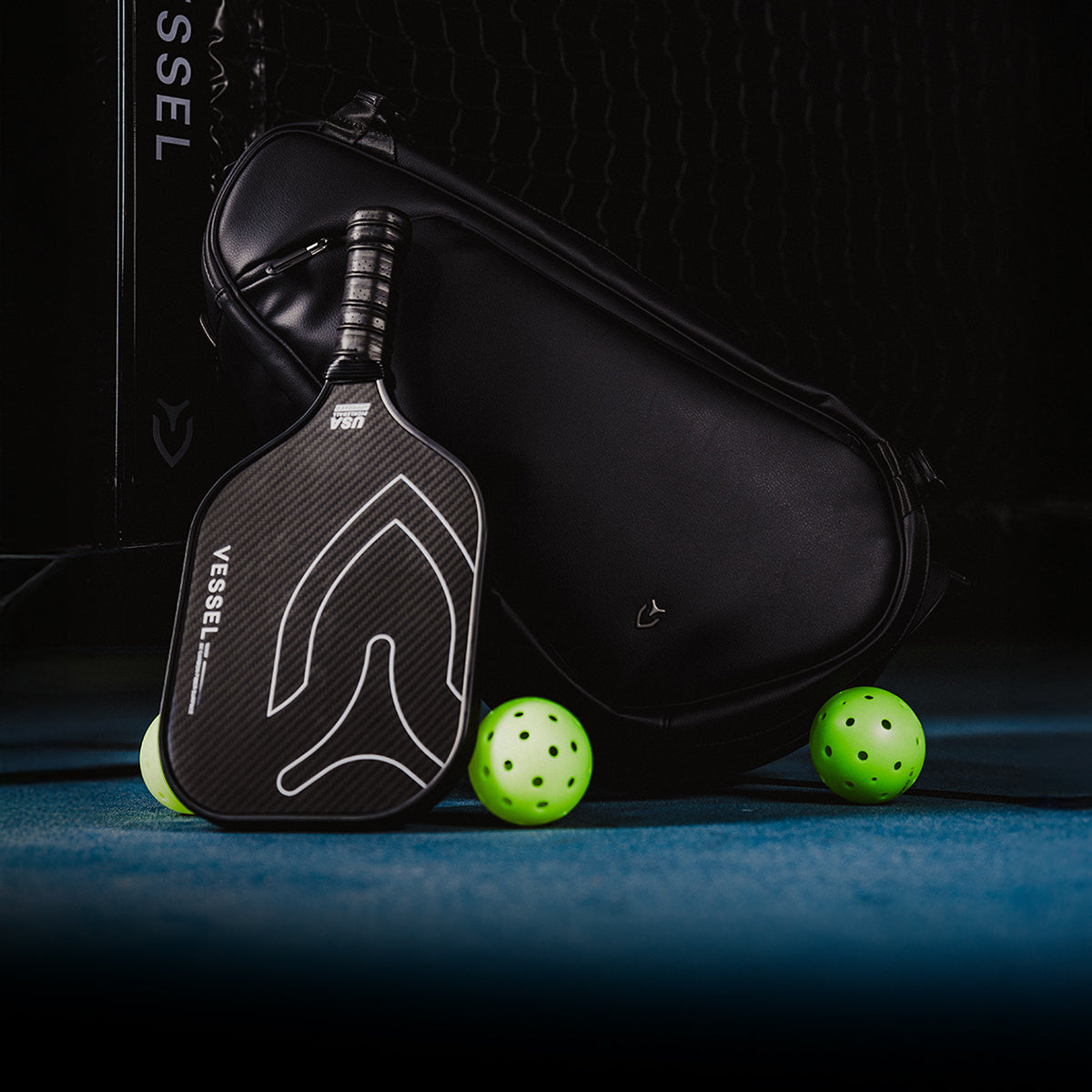

Let's talk real numbers - you'll typically hit your 56-degree wedge somewhere between 55 and 95 yards, but don't stress if you're not reaching the higher end. Scratch golfers might bomb it 75-95 yards, while those of us shooting in the 80s and 90s usually land it 65-85 yards. If you're still working on breaking 100, you're looking at 55-75 yards, and that's perfectly fine! The biggest factor in your distance? It's your swing speed, though don't overlook how your ball type, weather, and course conditions change everything. Once you've nailed down the basics, you'll know exactly what yardage to expect.
How Far Should You Hit It Based on Your Game?
Your handicap tells the whole story regarding wedge distances. The single-digit crowd gets those extra yards because they've developed faster clubhead speed and cleaner contact patterns.
Most mid-handicappers (that's probably you!) will send their 56-degree sailing 65-85 yards with decent consistency. Still working on breaking 90? You're probably seeing 55-75 yards, which is right where you should be. Low handicappers naturally create more speed and strike it pure more often, while the rest of us are still dialing in that consistency. Here's something interesting - tour pros hit it differently than amateurs even with swing speeds matching up, all because their technique and strike quality are so dialed in. Plus, the distance difference between good and average players shrinks way down with wedges compared to your longer clubs.
What's Really Controlling Your Distance?
Forget trying to murder the ball - smooth, controlled swings win every time regarding wedge play. Sure, clubhead speed matters, but catching it flush on the sweet spot beats raw power any day.
Your golf ball makes a bigger difference than you'd think. Got a fast swing? Those firm, high-compression balls will fly farther. Prefer feel and control? Softer balls are your friend. Mother Nature plays her part too - riding a tailwind adds yards while fighting into the breeze cuts them down. Don't forget temperature either - warm days mean extra carry, cold days mean shorter shots.
What's under your ball matters just as much. Clean, firm turf lets you pick it clean for maximum distance, but when it's wet and soft, your club digs and you'll lose serious yardage. Here's some insight: average players like us hit it about 80 yards, while Tour pros launch it 124 yards with the same club.
Where Your Sand Wedge Fits in Your Bag

Your 56-degree sits perfectly between your other scoring clubs. While your pitching wedge covers 90-120 yards and your gap wedge handles 80-110, your sand wedge fills that essential 65-90 yard window. Got a lob wedge? That's your 45-80 yard specialist.
Notice the pattern? Each wedge drops about 10-15 yards from the next, creating those perfect distance gaps you need for precision scoring. This system takes the guesswork out of club selection - you'll know instantly which wedge to grab. Your sand wedge becomes the hero for those awkward yardages where your gap wedge would fly the green but your lob wedge won't reach. For ideal gapping, keep about 4-6 degrees of loft between each wedge.
Dialing In Your Best Distance
Want to add 20+ yards to your sand wedge? It's all in the setup and swing. Start with your feet slightly wider than usual - you'll need that stable base to swing harder without falling over. Put the ball just ahead of center to help launch it higher.
Here's what really works: split your weight evenly on both feet and keep those knees flexed throughout. Hold the club firmly but don't strangle it - tension kills distance. Focus on a shallow swing path and let your follow-through flow naturally. Building consistent tempo is huge because your swing speed determines carry distance. Understanding that your 56-degree typically flies 10 yards shorter than a 52-degree helps you map out your distances.
Stop Making These Distance-Killing Mistakes
Wonder why you're coming up short all the time? It's probably one of these fixable problems.
To begin with - where are you standing? Get too close and you'll feel cramped, too far and you're reaching like crazy. Both kill your power. That weak grip you're using? It's opening the face and costing you 5-10 yards easy.
You've got to transfer your weight properly. Start on your back foot, finish on your front - skip this and you're throwing away distance. Rushing through your swing messes up everything and costs you yards.
Don't ignore the conditions either! Playing into wind or uphill? Add at least 10 yards to your target. And here's a pro tip - measure your clubs properly instead of propping them against something; otherwise, you'll never get consistent readings.
Material choices impact costs significantly. While titanium heads outperform steel alternatives, they'll stretch budgets further. Different shaft stiffness levels command varying prices, with tour-grade options costing considerably more. Top-tier brands charge accordingly for advanced engineering and consistent quality that dedicated players appreciate. Protection plans provide worthwhile insurance for expensive purchases!
Frequently Asked Questions
What Other Wedges Should I Bag?
Pair your 56-degree with a pitching wedge (46-48 degrees) and a lob wedge (60 degrees) for complete coverage. Your pitching wedge handles the longer stuff, the sand wedge owns that middle distance and bunker duty, and the lob wedge saves you when you need to get it up quick. This three-wedge combo handles everything you'll face out there.
Can I Chip With My 56-Degree?
Absolutely! It's money for chips around the green. Play it back in your stance a bit, keep those hands forward through impact, and make a smooth stroke. You'll love how the 56-degree loft pops it up nicely while still landing soft. It's killer from the rough or tight lies, usually covering those 10-30 yard chips perfectly.
At What Point Should I Get a New One?
After about 60-70 rounds, it's time for a fresh wedge if you want peak performance. Those grooves wear down faster than you'd think, and you'll lose spin and control. Playing once a week? That's about every two years. Hit the range a lot or love practicing bunker shots? You'll need a new one sooner. Put a new wedge next to your old one - the difference is shocking!
What Bounce Should I Choose?
Your swing style dictates the bounce you need. Take big divots with a steep attack? Go with 12-14 degrees of bounce to keep from digging too deep. Sweep the ball with a shallow swing? Lower bounce around 8-10 degrees works better. Most of us do fine with 12 degrees since it handles different conditions and swings pretty well.
Conclusion
Now you've got everything you need to dial in your 56-degree wedge game! Stop worrying about matching tour distances - find YOUR reliable yardage and own it. Work on solid contact, nail your setup, and groove that tempo instead of trying to kill it. Mix up your practice with different lies and conditions to build real confidence. Above all, quit comparing yourself to others - identify your go-to distance and trust it when it counts on the course.







